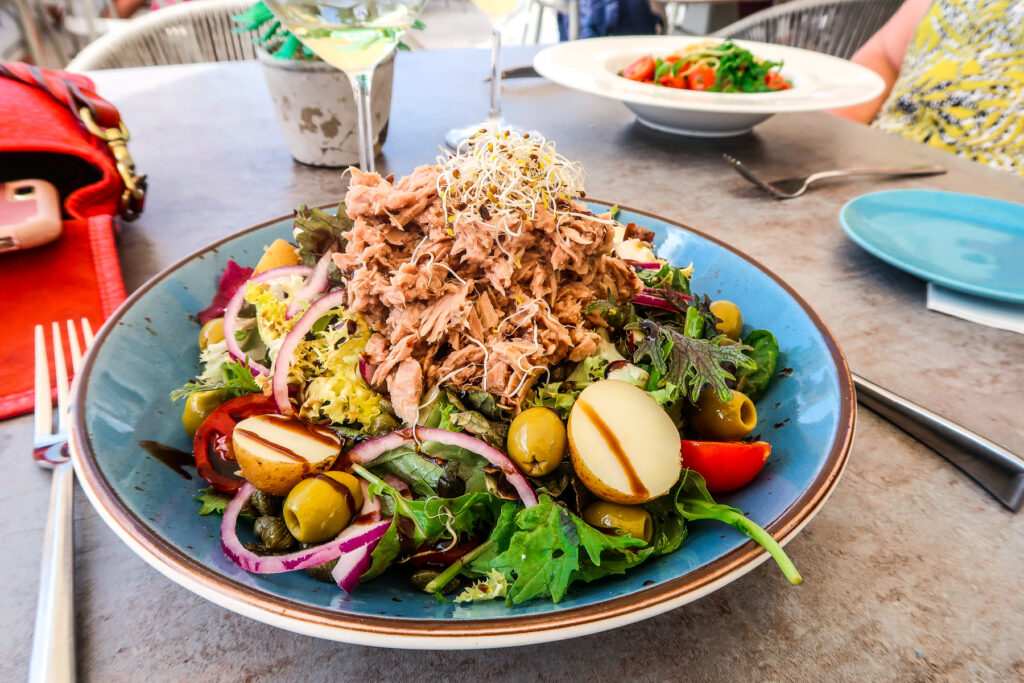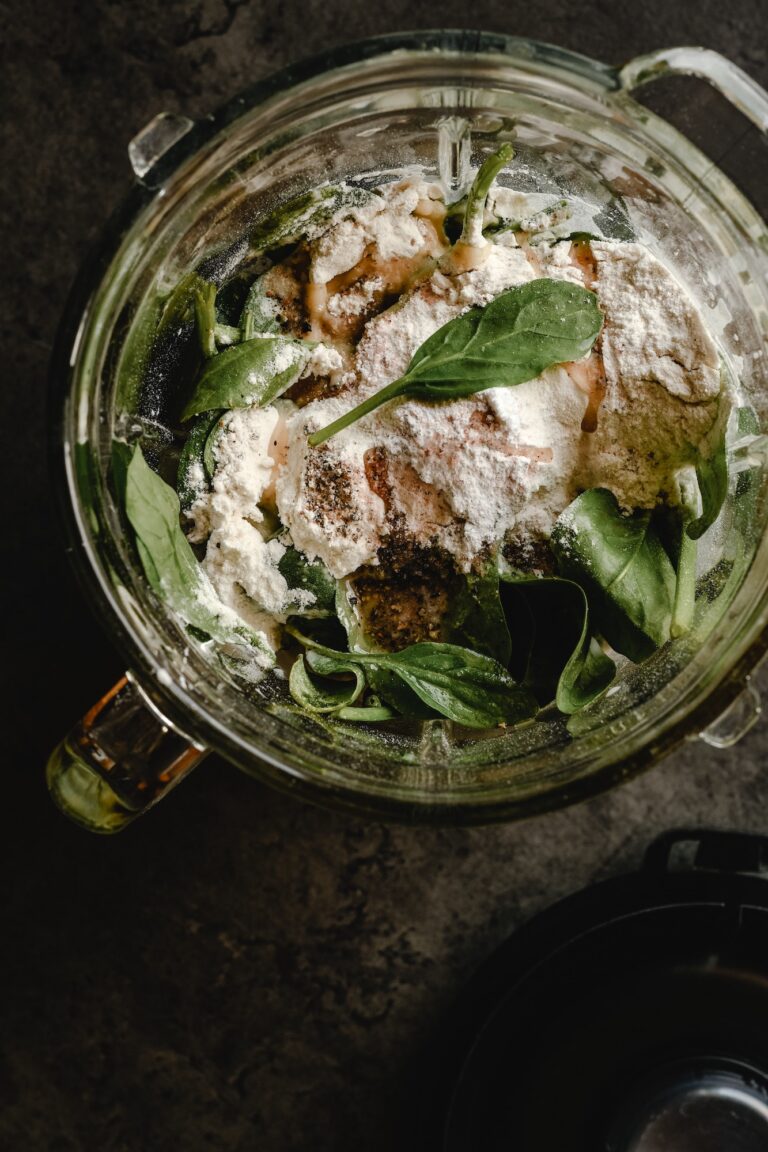The Best 5 Herbs To Plant In Your Home
All your life, other people may have only introduced you to the taste of dried herbs. But imagine this, how savoury would a meal be if you added freshly picked herbs? Growing your plants cannot compare to produce that’s been shipped from country to country for who knows how long?
You are saving money, living healthy, and you’re adding variety to your meal. How amazing are herbs to do these, and all you have to do is plant them in your home? Consider planting the five plants mentioned below to taste freshly picked herbs:
The Best 5 Herbs To Plant In Your Home
Cilantro (Coriandrum sativum)
The cilantro leaves look delicate. Cilantros is flat, and it has serrations on its leaves that look lacy and rounded. You will know you’ve encountered cilantro because of its aromatic smell and flavorful taste. It has citrus overtones; it’s savory, earthy, and bright. Cilantros are available throughout the year.
When you add a patch of cilantro, place the plant in full sun or, if you’re in southern zones, in light shades. Cilantros love moist soil that’s been trained well. If grown in patches, ensure that you space them apart about six to eight inches. After harvesting, remember that it must be kept dry, so place it in the refrigerator if you won’t use it for some time.
It is an indispensable herb because no food can replicate the taste of cilantro. You can eat everything in the plant, including its stems, leaves, and roots. It has different nutrients and benefits like Vitamin A and K. Cilantros are primarily used in Indian, American, Asian, North African cuisine. You can add cilantro with cheese, tropical fruit, tomatoes, corn, yoghurt, seafood, poultry, noodles, and meats.
Mint (Mentha)
Deep green mint has leaves that are oval-shaped and tubular flowers in shades of purple, white, or pink that are small. There is a wide array of mint you’ll see in the market with different aromas and flavors.
Often, peppermint and spearmint are sold mainly on the market. If you want to distinguish the two when cooking, peppermint has pointed dark green leaves and almost purple stems. On the other hand, spearmint has spiky edges in its light green leaves and a ruffled look.
Mint has many uses; it’s used in chewing gums, mouthwash, toothpaste, breath mints. Also, in different food, desserts, and drinks like mint chocolate chip ice cream, lamb dishes, mojito cocktails, mint tea, milkshakes, and many more.
Oregano (Origanum vulgare)
With a bright green color, fresh oregano has small leaves, and its stem can be woody as time goes on. It grows tiny blossoms that can be purple, pink, or white. They are numerous varieties of the oregano plant you can grow in your garden.
You can cook and add oregano in everything, mix it with bread or pizza dough, or add it to hearty meals. You can intake oregano when you have respiratory disorders like bronchitis, asthma, or coughs to get rid of this. It can reduce viral infections, and it can help fight off bacteria.
Chives (Allium schoenoprasum)
Chives are part of the onion family, e.g., garlic, leek, and onion. They grow as clumps from the bulbs underground and produce circle-like hollow leaves. And during the middle of summer, you’ll see pink flowers in this plant. You can use chives for ornamental use and, of course, for culinary use. Just chop the thin grass-like leaves and add them to any meal.
Chives are popular in traditional Asian cuisines like spring rolls, potstickers with pork and chive, and garlic chive pancakes, and many more. Eating allium schoenoprasum can help improve your memory since it contains folate and choline.
Parsley (Petroselinum crispum & Petroselinum crispum neapolitanum)
It is a bright green biennial herb commonly added in European, American, Middle Eastern cuisine. There are two most popular varieties of parsley: curly parsley (Petroselinum crispum neapolitanum) and flat-leaf parsley (Petroselinum crispum). It has different flavours and effects on a dish.
Flat-leaf parsley are flat and broad with a bold aromatic taste. The leaves’ color can be bright green to dark green. On the other hand, curly parsleys are thicker and ruffled, hence, curly parsley. They are mostly bright green colored, and you can compare them to grass that gets bitter over time.
When cooking with versatile flat leaves parsley, you can use it as a garnish or as seasoning. Especially when the parsley is dried, you have to add it to a meal during the cooking process to enhance its flavours. Although the leaves you’re using are fresh, add them at the end of the process so that the excessive heat won’t diminish the new herbaceous flavor of parsley.
On the other hand, curly parsleys are only used as a garnish because of their mild taste. It’s usually added on beige and brown roasts, soups, etc. It adds a visual effect to a meal.
Takeaway
Plant these delicious herbs right by your backyard to get the freshest produce you won’t get on the farmer’s market! Each of these five herbs come with different tastes, texture, fragrance, and benefits. Adding freshly picked produce to any meal will enhance the flavour ten times better. Plant yours now!











